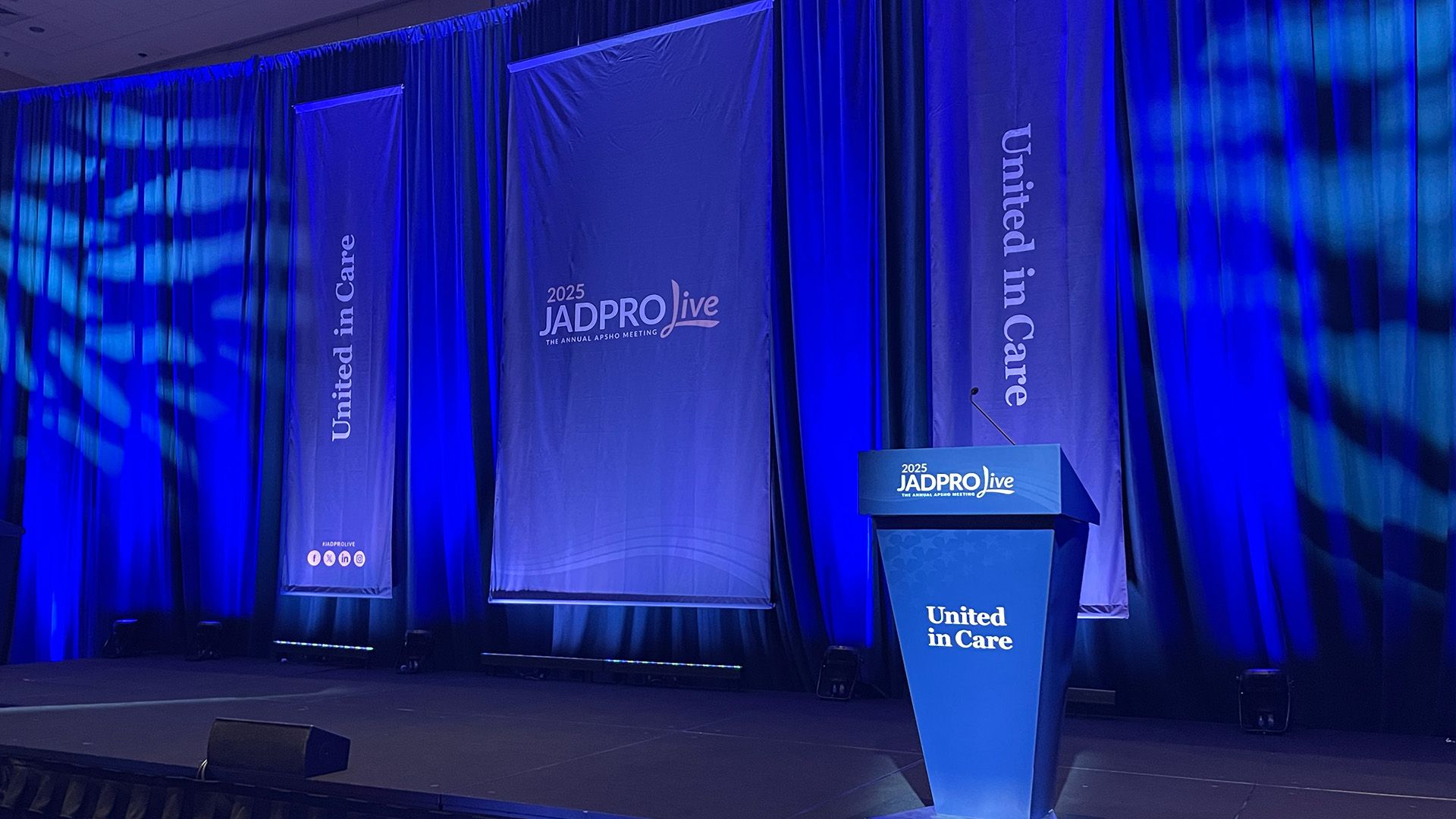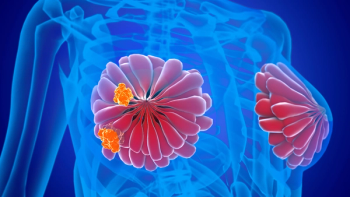
What an Oncology APP Should Know About Exercise in Cancer Care

Daniel Glidden, MS, PA-C, discusses key data oncology APPs should be aware of and how to start incorporating exercise in cancer care.
Oncology advanced practice providers (APPs) should be aware of the transformative potential of exercise in cancer care and how to get patients started with a feasible exercise plan, said Daniel Glidden, MS, PA-C.
Ahead of his presentation at JADPRO Live 2025 on evidence-based diet and exercise tactics for patients with cancer, Glidden spoke with Oncology Nursing News about the key evidence APPs should be aware of, as well as actionable changes that can be made to incorporate exercise in patients’ care plans.
What data support exercise as an essential part of cancer care?
For the longest time, we’ve had observational data that associates exercise and proper nutrition with improved survival, but it’s always been observational data. Now, we have the first randomized, controlled trial—the
This was a phase 3 randomized controlled trial that randomly assigned patients into either [just] receiving health education materials or receiving health education materials plus a structured exercise program with supervised exercise and either in-person or virtual visits to talk about behavioral change to increase their exercise. What they found, of course, was that people in the exercise group had increased physical fitness in terms of their VO2 max and their 6-minute walk test, for example, but also that their disease-free survival was significantly improved. Around the 8-year mark, there was a [7%] improvement in disease-free survival in the patients in the intervention group. There was also an overall survival benefit.
Do the CHALLENGE data set a standard for all types of cancer care?
This is the first randomized controlled trial to show the true survival benefit that exercise can confer, at least in this patient population. We can’t extrapolate those data to all different cancers, but we have some good observational data that tell us that there’s improved survival in many different cancers with exercise. As more of these studies come out, we’ll see more that exercise truly can be helpful for survival in cancer.
What level of exercise should patients with cancer be told to follow?
The general guidelines for people with cancer to start seeing health benefits from exercise are to get between 150 and 300 minutes of moderate-intensity aerobic exercise per week. Moderate-intensity aerobic exercise is a brisk walk where, if you’re walking with a friend, you can have a good conversation with them, but if you tried to sing a song, you’d get out of breath. That’s a good talk test for moderate intensity exercise. We recommend that [routine], plus 2 to 3 days per week, getting resistance training of the major muscle groups for about a half hour at a time.
How can exercise plans be personalized for each patient?
The first step is finding out what people are doing. Are they exercising regularly? Are they exercising somewhat or [are they] completely sedentary? If they’re completely sedentary, I wouldn’t tell them to just go right off and exercise to those guidelines. We would want to start off slow and do a stepwise approach.… For many of our patients, cancer is not their only chronic condition, and there may be other safety issues like their neuropathy or bone [metastases] or poor bone health in general that we must take into consideration when we’re creating an exercise prescription.
What should all oncology APPs know about exercise in cancer care?
Exercise counseling is something that [oncology APPs] can integrate into their clinical visits. I want them to know that the true benefit of exercise is not just something that we can do, it’s something that we should be doing, all of us. If exercise were a medicine in a pill form, it would be something that we would all be lining up around the corner at our doctors’ offices to get a prescription for. Really, exercise truly is medicine.
What is integrative oncology, and what made you choose this field?
Integrative oncology is a patient-centered approach to cancer care that looks at the whole patient and combines their conventional cancer care with other treatment modalities like exercise, nutrition, stress management, and mind-body therapies like yoga, tai chi, and meditation to take care of the whole person.
I started off my career working in emergency medicine, then in medical oncology. While I was working in medical oncology, I saw that we were doing a great job treating the cancer. We were winning the battle more and more, but there’s still a person there who needs to be taken care of, and that person was undoubtedly cared for by their cancer team. But there is certainly more that can be done.
I made the transition into integrative oncology at Dana-Farber [Cancer Institute] so I could spend my entire clinical practice emphasizing and optimizing health, wellness, and quality of life. I will see people for consults, and people come to me for different reasons. Sometimes it’s for treatment-related adverse effects. In those cases, we talk about how acupuncture can be helpful. For hot flashes, joint pains, or neuropathy, how can exercise, proper nutrition, and stress management be helpful?
This transcript has been edited for clarity and conciseness.
Newsletter
Knowledge is power. Don’t miss the most recent breakthroughs in cancer care.




















































































